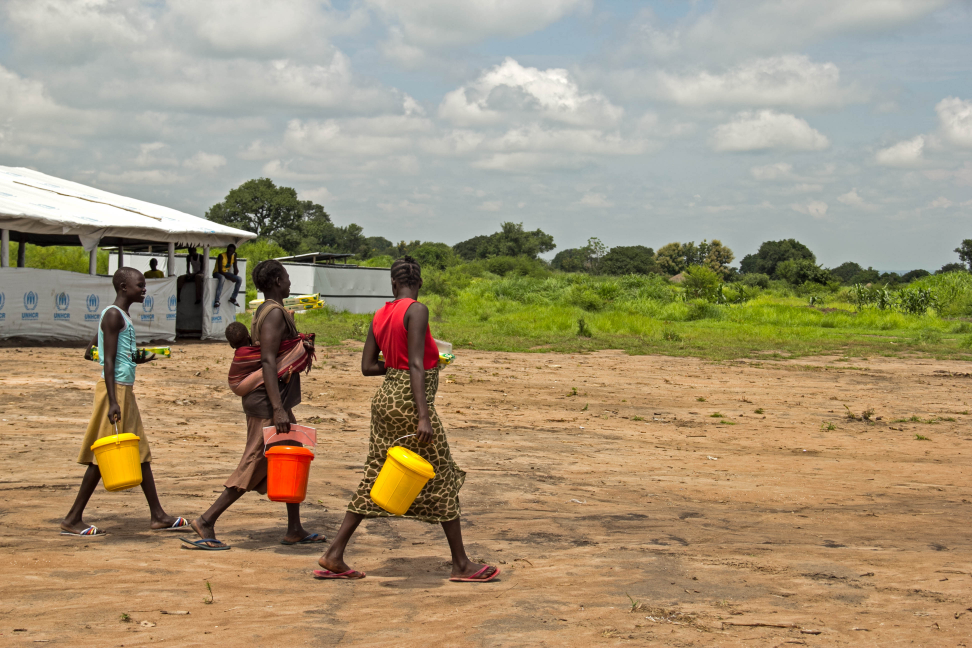Humanitarian Genome V1.01 in the making!

These are exciting times for the project, since the first version of the Humanitarian Genome (HG) is currently in the making!!! It took quite some intensive work to arrive at this seminal point in the project. We were able to do so with the help of three excellent, intelligent and critical young research assistants (Nanda, Michèle and Geert) who have started to help us hand-coding the evaluative material which is the input of the first version of the HG.
As mentioned before, the prototype of the HG will be predominantly based on manually analyzing evaluation reports on the basis of a set of codes or labels deemed of relevance for learning in the sector (later in the project, we hope to explore possibilities for automatic text coding). The choices for these labels are derived from academic insights into humanitarian action, organizational learning and performance as well as sector-based insights and experiences. For each document we register some basic facts, such as the type of the humanitarian crisis involved, the implementing organization, the data, the location, etc. Then the text is scanned, page by page, on relevant text fragments that specify valuable information in humanitarian sector fields, such as food security, shelter, watsan, etc. These text parts are further specified in terms of, for example, management issues (in the field of logistics, human resource management, etc), specific recommendations what to do and what not in these areas, as well as the type of feedback given in these text fragments (positive, critical, etc). By doing the above, we generate text fragments that can be searched by means of the HG search engine. By entering free search terms or more structured advanced search options, the user will then be presented with an overview of relevant text fragments. We also will attach certain values to the codes, so that some codes or combination of codes will achieve a higher position in the hierarchy of search results that is presented to the user.
A crucial element in this process of analyzing and coding evaluation reports on the basis of these labels is that the coders use similar coding rules in order to assure that there is consistency throughout the coding exercise. Hence, we spent a substantial amount of time training the assistants in order to develop a shared understanding of the meaning of the labels. This also involved the development of a very detailed ‘coding dictionary’ and codebook as well as the coding of one text by multiple coders in order to achieve what is called ‘inter-coderreliability’, i.e. assuring that different coders will assign the same lables to one text fragment. This has been done for several texts. In addition, the content advisors provided regular feedback through our online Tracky webplatform on the interpretation of certain labels.
For the first version of the HG we have coded 16 reports in this meticulous way, with regular double coding and quality checks. By the end of July we had finished this process and the data are now in the hands of our programmer in Israel, Ishay Green, who is at this moment working closely with Chamutal Eitam, one of the HG project managers, to program the first version of the HG. We are eager to see the first results! As soon as the first version is available, we will launch a testing process of the tool with our content advisors. We plan to organize a workshop for this in the fall this year in London.
In the next phase, we are extending the coding exercise to a larger number of evaluation reports, and we will also extend the amount of labels that the coders will have to use. For example, codes will be added relating to the evaluation methodology and the quality thereof, as well as to evaluative statements about project performance in the documents. Based on this extended dataset, the HG V1.02 will be programmed in the fall and V1.03 by the end of the year. But first let’s see what lessons can be learned from our HGV1.01!
Stay updated
Sign up for our newsletter to receive regular updates on resources, news, and insights like this. Don’t miss out on important information that can help you stay informed and engaged.
Related articles
.png)


Explore Elrha
Learn more about our mission, the organisations we support, and the resources we provide to drive research and innovation in humanitarian response.